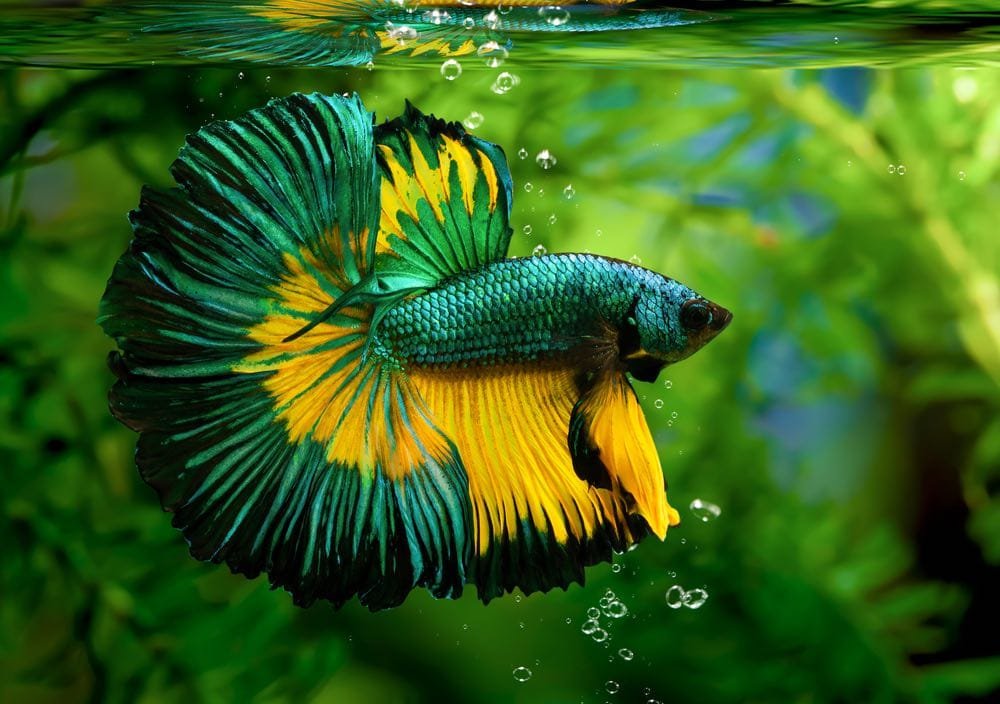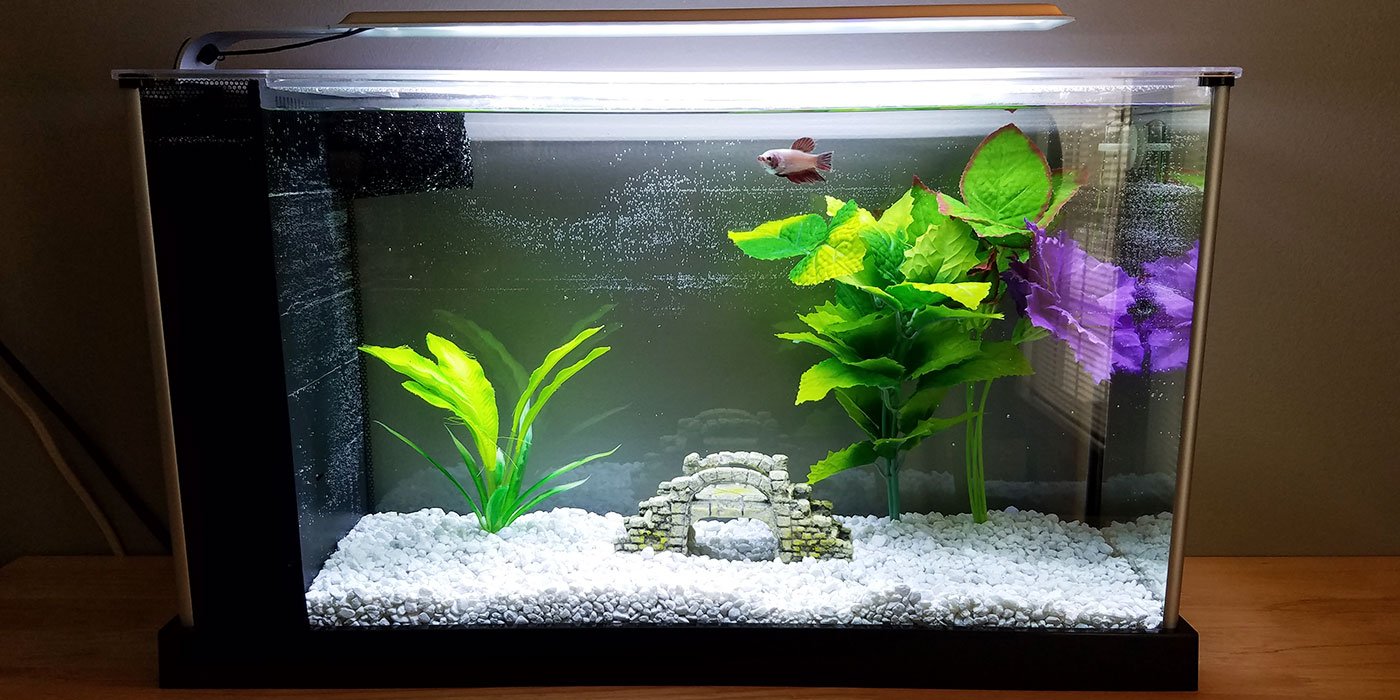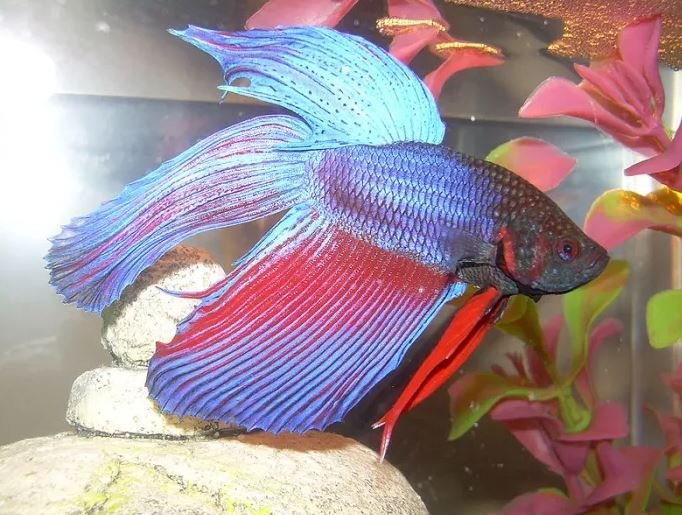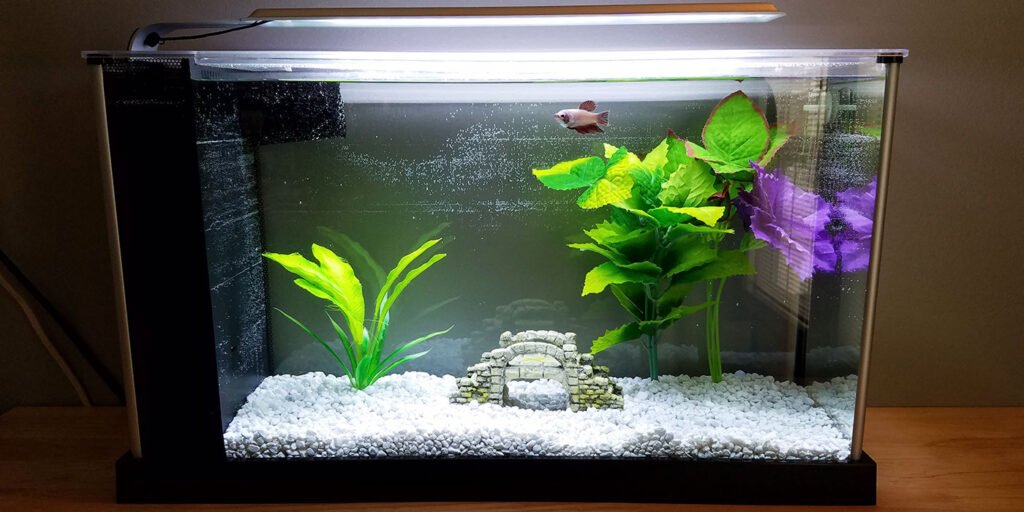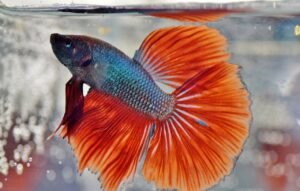Kuhli Loach (Pangio kuhlii) is a tranquil bottom-dweller fish active in the night and a day. They are bright and easy to keep in all types of tropical freshwater tanks.
There may be some negative aspects of your habits, mainly because they are constantly hidden in the substrate. Through this guide, you will learn how to maintain, feed, breed, and choose tank mates for Kuhli loach.
Kuhli Loach
Kuhli Loach is an unusual little oddball fish that makes a fantastic addition to your aquarium.
They appear to be a tiny eel and scoot around a tank with crazy snake-like movements. It is a lovely addition, easy to care fish for almost every type of tropical freshwater aquarium.
Kuhli Loach Overview
The Kuhli Loaches have a maximum weight of about 4 inches and reach sexual maturity in 2 to 3 years. This fish has an incredibly long lifespan for its size, commonly living between 8 and 10 years.
Keep the species in groups, giving them at least 20 gallons of comfort. These fish are found in a wild place in Southeast Asia.

Kuhli Loach Facts & Overview
The Kuhli Loach (Pangio kuhlii) belongs to the Cobitidae family. This loach has an advantage over all its peers because of its size.
It rarely covers 3-5 inches of width and does not produce much waste. Check newly acquired fish thoroughly, looking for disease or injuries; always quarantine new fish.
They tend to be pretty prone to infections, so you want to make sure you start with a healthy population.
striped kuhli loach – pack of 6 fish live freshwater Aquarium fish- ✅ the Kuhli Loach is a relatively undemanding fish, provided that a few specific needs are met. This fish is generally native to rivers and streams of low water flow. The pH of these waterways can be excessively acidic due to a great deal of dead leaves and other decaying plant matter
- ✅ The eel-like, peaceful Kuhli Loach is one of the most unique and fascinating loaches! This fish really does prefer to be in a group of at least six so the three quantity option is really only to add to an existing group
- ✅ kuhli loach fish is very distinctive for its eel-like body, which is a brown to burgundy color covered with bright orange stripes. Native to Malaysia, Sumatra, and Borneo (and possibly other nearby areas), the Kuhli Loach has become less available in recent years
- ✅ The possible reason for this is that many importers of this fish have not understood or provided proper care, thus making healthy specimens scarce. Aquatic Arts quarantines all of our Kuhli Loaches before sale, as does our supplier for these magnificent fish
- ✅ While the Kuhli Loach can acclimate to neutral or slightly alkaline water over time, it should at first be kept in acidic water under that is less than 7.0 pH. This shy fish can be sensitive during shipping and when initially introduced to a new tank
- ✅ It must be provided with a great deal of cover and refuge in order to feel secure. It also must be kept in groups of at least 6 or more. As with most fish, it also requires a clean, well-maintained aquarium
Prices pulled from the Amazon Product Advertising API on:
Product prices and availability are accurate as of the date/time indicated and are subject to change. Any price and availability information displayed on [relevant Amazon Site(s), as applicable] at the time of purchase will apply to the purchase of this product.
Kuhli Loach: What to know before buying this loach
The Kuhli Loach is a small loach found within the bottom of this tank. Their vibrant colors and uniqueness make this loach very popular.
It’s an excellent oddball fish in a tropical community aquarium. Read this entire article on Kuhli Loach fish and why you should add it to your freshwater tank.
Scaleless fish
Kuhlis are a so-called “scaleless fish”; their scales are tiny and spread very far apart, exposing their skin. They are more vulnerable because hard scales don’t cover their softer skin.
Scaleless fish can respond to salts and medications in tank water. Consult a veterinarian skilled in fish and zoology before using any drug in a tank where this species can be stocked.
Kuhli Loach Care
Kuhli Loaches are undemanding peace and entertainment fish. They rarely breed in a domestic aquarium. This guide has the information you need about keeping Kuhli loach tank, loach tank mates, and everything else.
In the wild
Kuhli loaches are omnivorous with a tendency to feed on debris, wallowing in muddy substrates. They are usually found in small groups of up to a dozen.
The fish originate from rivers and streams in Indonesia and Malaysia, characterized by soft and slightly acidic waters. Because of this schooling behavior, you will need several groups or more per tank.
Since most fish species are caught in the wild, it is best to mimic their water parameters as much as possible.
Care, tank size, breeding, and Kuhli Loach tank mates
Kuhli Loach is a peaceful fish and gets along well with other fish. This species is distinct and exciting, so many home aquarium owners commonly use it.
Description
The Kuhli Loach is a small loach that grows up to 4 inches long. The body is pink-yellow, having 12-17 thick dark stripes. The fish has an albino morph that was bred artificially, and it’s not available in the wild. Its spine contains two rigid segments that are designed to offer a protective stance from a predator.
Should you keep Kuhli Loach?
Kuhli Loach is a fantastic fish to put in your tropical aquarium. They have a scaleless look that renders them more delicate. Preventing injuries and infections is probably the biggest challenge in keeping them healthy.
Tank Setup
Loaches, like any fish, need regular water changes every week to stay in their best condition. Weekly, clear the wastes off the gravel and collect all leftover food immediately after feeding. Loches need a tight lid; they like to jump.
Difficulties in keeping Kuhli Loaches
Scaleless fish are generally more sensitive to diseases, poor water conditions, and medication. The Kuhli loaches are especially vulnerable against Ich.
Bacterial and fungal infections are also common in Loaches. Poor water conditions cause problems by decreasing fish immune responses.
Ensure the filter outlet is not a place of escape or injury for the Kuhli; these loaches love current and often get stuck in the filter units! In specific filter designs, a filter impeller has no safeguard mechanism, which will kill a curious Kuhli.
What size tank do Kuhli Loaches need?
They’re peaceful and can easily be kept with other communities’ fish like tetra fish, rasbora fish, and even betta fish.
These loaches tend to be shy and like to find shade; therefore, they provide many hiding spots and aquarium plants for their habitat.
Also, they will appreciate any smooth substrate which is safe to dig into as they scavenge for food in the bottom of the aquarium.
The species enjoy soft substrates, which are safe to use when the creatures explore inside the deep shallow bottom to find food.
Care and keeping in a tank
Kuhli loaches are lively and undemanding fish, but their absence of scales limits their keeping conditions. It’s essential to offer fish with clean and stable water parameters and efficient filtration and aeration.
At this stage, you must pay attention so that they do not get caught in the hose during the water change and siphoning of the substrate; this happens quickly with these fish.
You should carry out weekly maintenance, change the water, clean glass and substrate, and remove food scraps and other debris.
Kuhli Loach Tips
Kuhli loaches are more vulnerable to diseases and parasites than other fish species. These fish are often the first ones in your tank that are infected; they do not have skin and are more prone to skin diseases.
It would be best to vacuum your substrate every time you clean your tank (every week). These are also more susceptible to cuts and scrapes (mainly when the substrate is too rough).
Skin injuries are visible on fish with minor to no scale. They do essentially all they do in the substrate.
What do Kuhli Loach eat?
Kuhli loaches are great at cleaning up crumbs left by other fish. They prefer stagnant foods, including frozen pellets and blood worms.
Unlike other loaches, their diet is not known to include snails or shrimp. Try to feed them when the lights aren’t on, and you’ll notice the chubby, adorable little ones.
If the other fish you have in your tank eat everything before the Kuhli Loaches get to them, try feeding them overnight.
Feeding Kuhli Loaches
Kuhli Loach is omnivorous, carnivorous, and opportunistic. The eel-like bodies and sensitive bristles allow them to detect and hunt earthworms, small shrimp, daphnia, and other aquatic insects.
They are not very picky and generally prefer prepared foods such as flakes or pellets. In a busy aquarium, they sometimes don’t eat anything and gradually starve to death.
The sinking of carnivore pellets made from insects or shrimp ensures that the Kuhlis are adequately nourished. It seems best to feed them at night when in a busy aquarium.
So beware of underfeeding and overfeeding, as any remaining food can rot and increase the ammonia level.
Feeding
Kukhli loach likes the following live foods: bloodworm, tubifex, brine shrimp, daphnia, etc. Many aquarists feed their animals’ frozen food.
Loaches can eat snails very rarely. You are free to use chips, but the most practical format is sinking beads. They reach the bottom of the tank very slowly and stay longer than flakes.
Diet
Kuhli loaches are omnivorous fish. They eat larvae, small crustaceans, and plants found in the riverbed. These loaches are also known as scavengers.
To give them a balanced diet, you can also feed them fish flakes or pellets. Chips and pellets are ideal because they will quickly sink below submerged and easily be eaten by your loaches.
Behavior & temperament
Kuhli Loaches prefers to keep things quiet while they’re still in their favorite hiding places. They spend their time digging deep into riverbeds and searching for food in their wild natural habitats.
You won’t see a Kuhli swimming in the water column very often. They are gentle fish but can irritate other creatures when they are alone.
Some fish can use their sharp-tipped spines and fight. Though most fish rarely use them for much of their livelihood unless they have a good reason to do so.

Society
All loaches should be kept in a school a minimum of five resident Kuhli for a tank to help them feel comfortable.
They are sociable fish that like to be around their own kind. Keeping them in a group will help to reduce stress. In addition, give them plenty of caves, rocks, and hiding places.
When kept on their own they often become allusive and don’t venture out from their hiding spots.
Ideal tankmates
Kuhli loaches spend most of their time under the surface, digging into the ground. Using these fish together with species that inhabit the surface is standard.
Peaceful species, including Tetras, Danios, or Rasboras, are a good solution. Avoid violent fish like cichlids, black tiger barbs, bass fish, and Arowana. Small gouramis are an excellent choice if you want fish to prefer swimming in the middle of the tank.
Nonviolent creatures like Corydora and Red Cherry Shrimp work great as other background denizens. If you wish to a multi-species aquarium, you can go with fish that live elsewhere in the water column.
Kuhli Loach Tank Mates
Kuhli Loaches can be kept with virtually all species of fish. They are small and squirm-like worms, making them tempting target animals for predatory fish.
Some types of fish are particularly problematic because these loaches live at the bottom edge of ponds, and because of this, they can be an easy target for a predator to feed on easily.
Loaches prefer to be left in small groups or schools. Unlike schools of fish that move in a coordinated group, schools are loose associations where each member leaves and returns regularly.
The condition of the tank is also very important for keeping these fish. The only real problem is making sure your other fish don’t harass Kuhli.
Tankmates
Kuhli loaches don’t demonstrate schooling habits, but they are more comfortable with a group of 4-5 or more fish.
Corydoras, bettas, neon tetras, or angelfish are wonderful loach tank mates. Some fishes are not recommended to put in one tank with loaches, such as red-tailed black sharks are not the best tank mate.
Gender, Breeding, and Reproductive Considerations
If you want to try creating Kulli Loach, this can be a challenge. Adult females are generally larger and rounder than males. It would help if you had very accurate and stable parameters for playback success.
There are many floating plants under which eggs can be laid. Requires dense plants for spawning. The more adapted the environment is for them, the more likely they are to start spawning.
Gender differences: male vs. female
Gender dimorphism is weakly marked, so it is a challenge to see between male and female fish without practice.
Males are a little smaller and have a narrower body and a very flat abdomen, and the pectoral fins are larger. Females are rounder, with a giant belly, and this can be easily seen. In fish with eggs, their eggs appear as thick greenish patches of elongation on their abdomen.
A male has a pectoral fin whose first rays are thickened and branched. Almost cylindrical female adult body; the abdominal cavity is rounded, some swelling may be noticed near the anus.
Breeding Kuhli Loaches
The best bet is that approximately eight loaches will fit into a 20-gallon tank with no other fish. The aquarium should have a fine sand substrate and be filtered with a minimum primary biological filter.
The bigger the tank, the better, as it provides more space for fish and plants, as the fish are as comfortable as possible. It is worth adding live plants from surfaces to shade the aquarium; plants like water lettuce and java moss.
The loaches’ eggs are glued to the roots of the floaters after spawning, allowing you to move them to another tank. Eventually, the eggs will fall out and become trapped by plant roots at the bottom of the pond.
Breeding tips
Kuhli loaches are not mature till about two years old. When they have begun to reproduce, females become balloons. Somewhere in their bellies, green eggs appear.
Eggs are generally placed under the plants, so they should be challenging to spot. Eggs only take 24hrs to mature, and the fry will feed on infusoria found on your live plants.
Feed fry frequently for optimum survival. You could supplement this meal with fresh brine shrimps or crushed shellfish. You don’t have to do that for results.
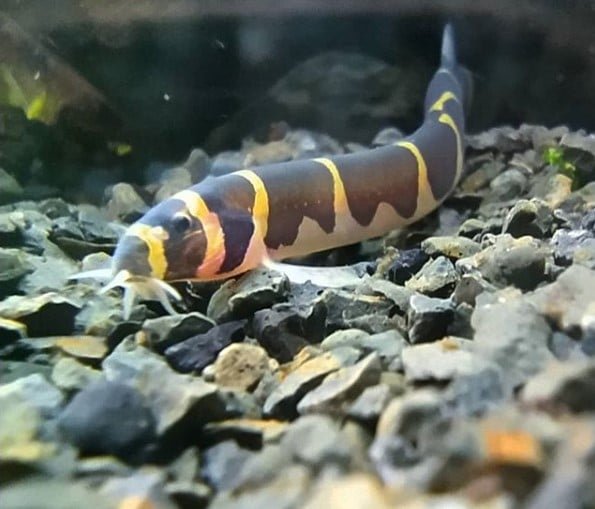
Breeding
Kuhli Loaches are communal spawners, and therefore if kept within their species, the chance of spawning would be increased.
Females will use floating plants to lay their eggs, and dense vegetation will also help support spawning. The better loach is at your aquarium, the more likely they are to spawn.
You can feed the fry with the Infusoria or brine shrimps or commercially prepared fry food for a first meal. The fry usually proliferates up to an inch long within about six weeks.
If you have too many eggs, you must transfer them to the right tank before they spawn.
Do Kuhli Loaches breed in aquariums?
Kuhli loaches are generally not bred in captivity, but if you want to encourage them, give them a large amount of food and add a thin mass of java moss to provide good hiding places.
Just keep a decent group, and you won’t have a problem spotting them wandering around Anubia’s roots. These different fish are easy to maintain, unique in appearance, and readily available at most local pet stores and fish stores.
Are Kuhli Loaches right for you?
Kuhli Loach is a tiny, peaceful fish, vulnerable to attack. They’re an exciting addition to a community tank, but if you have giant, mean fish like cichlids, they won’t be able to get along peacefully; loaches will not thrive as long as they live together with a predator.
They need lots of hiding places and like to be kept in a heavily planted or decorated aquarium. These loaches are lovely little creatures with a big job of helping to cycle debris in the tank, and they don’t pollute the water with too much biological load. They are unique and valuable, and who wouldn’t want that?
Kuhli Loach diseases
Kuhli Loaches are particularly likely to be affected by infections and parasites. The soft and faint scales allow the disease to grow in your body faster and efficiently when compared with other fish.
The fish respond to even subtle changes in water. The key to a healthy and happy lifestyle is providing the best water quality and tank setup available.
These include a nutritious diet, excellent water quality, and an environment that they love. Without proper treatment, Ich may be fatal and cause more problems in the ecosystem. The first sign of Ich is tiny white spots lining the body of your fish.
Difficulties in keeping
Kuhli loach likes clean, steady water. It is necessary to change the water periodically; during maintenance, you must also siphon the bottom to remove dirt and debris; in this way, we keep the water in the tank always in optimal condition, avoiding ammonia peaks.
This loaf is always hidden somewhere at the bottom of the aquarium. Fish can usually be seen in the morning or by turning off the lights after feeding, especially when kept in a tank alone, but it’s not impossible to monitor the fish at any time.
Take care
These fish are cylindrical, small, and have scaleless bodies. They are at risk of getting diseases like Ich or white spots. The most common condition is Ich, but loaches are always the first target.
Another common problem is parasites. If fish can eat healthy foods but not gain weight, they likely have some internal parasites.
Try to maintain good water quality with an adequate environment that meets the needs and a healthy and balanced diet. Inspect and keep a well-balanced aquarium with quality water and well-fed fish in optimal condition.
Final Thoughts
Caring for Kuhli loach may seem a little intimidating at first, but it’s not daunting once you get to grips with them. These fish are great additions to our community tank, but they also do well when kept alone. Overall, we’re big fans of Kuhli Loach and highly recommend it to tank owners who want to mix it up a bit!
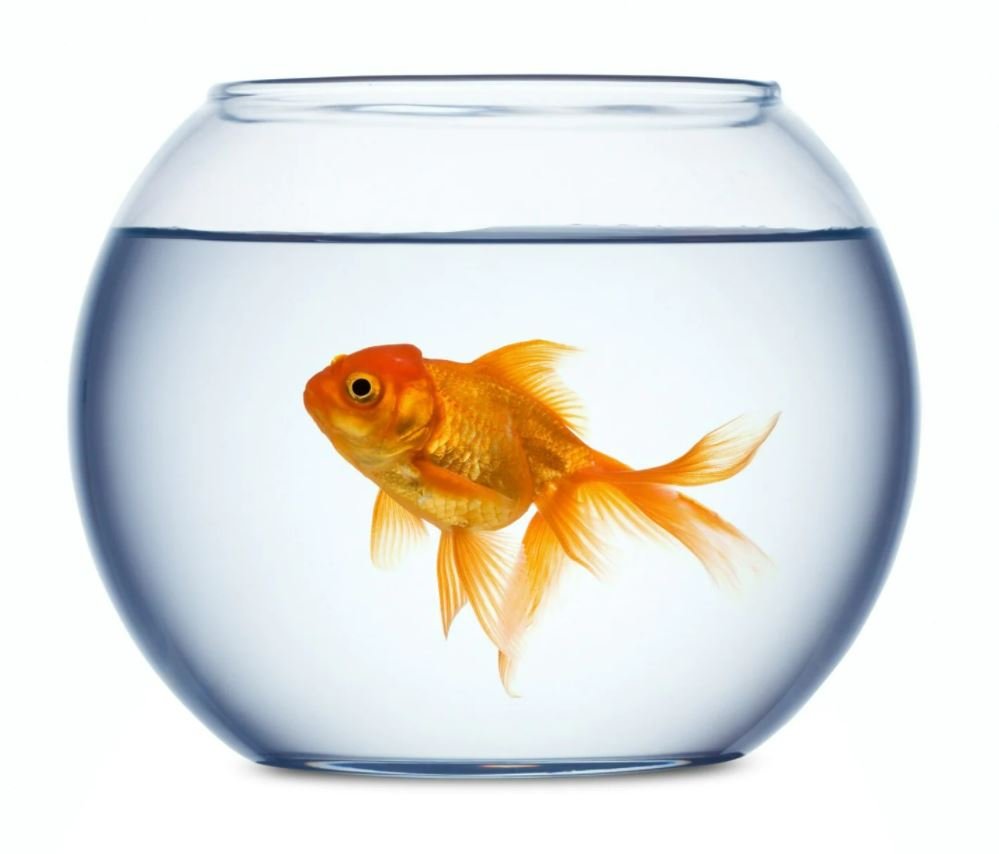



![[Updated 2023] Super glue aquarium safe: Everything you should know Super glue aquarium safe](https://aquariumhunter.com/wp-content/uploads/2021/12/Underwater-super-glue-used-for-aquarium-rocks-plants-wood-and-everything-else.jpg)

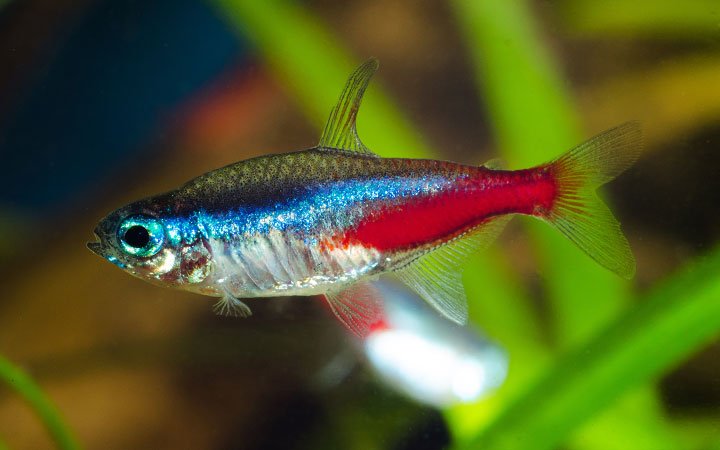
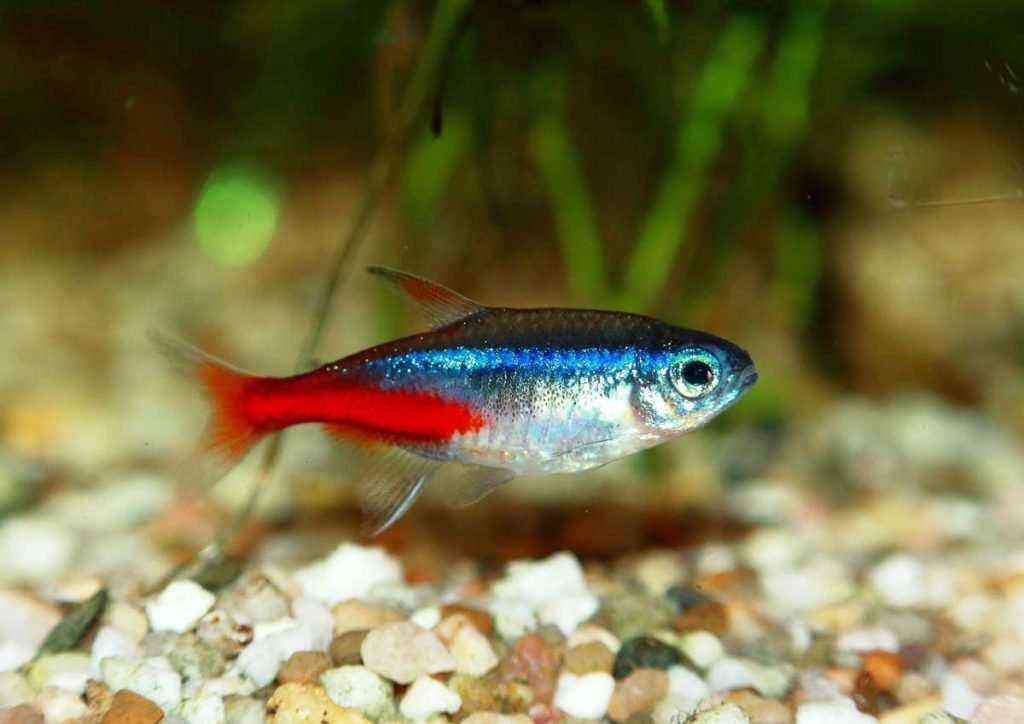
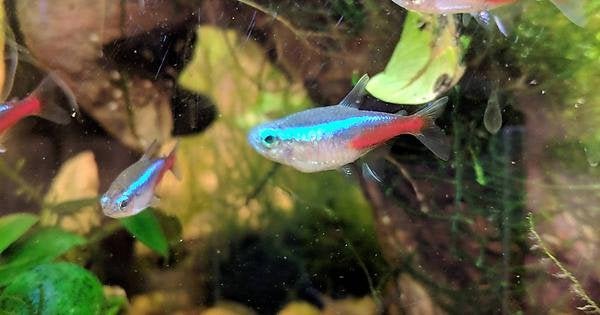

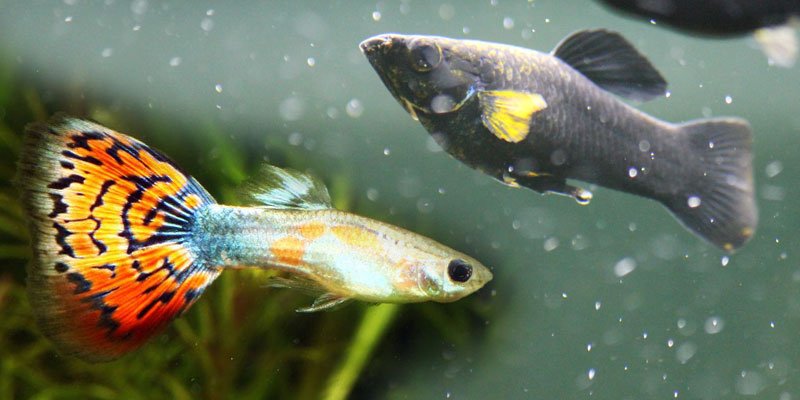

![[Complete Guide] Kuhli Loach Care: Habitat, Diet, Mates, Breeding Kuhli Loach](https://aquariumhunter.com/wp-content/uploads/2021/11/The-Ultimate-Kuhli-Loach-Care-Guid-Tank-Mates-Breeding-and-More...-Banner.jpg)











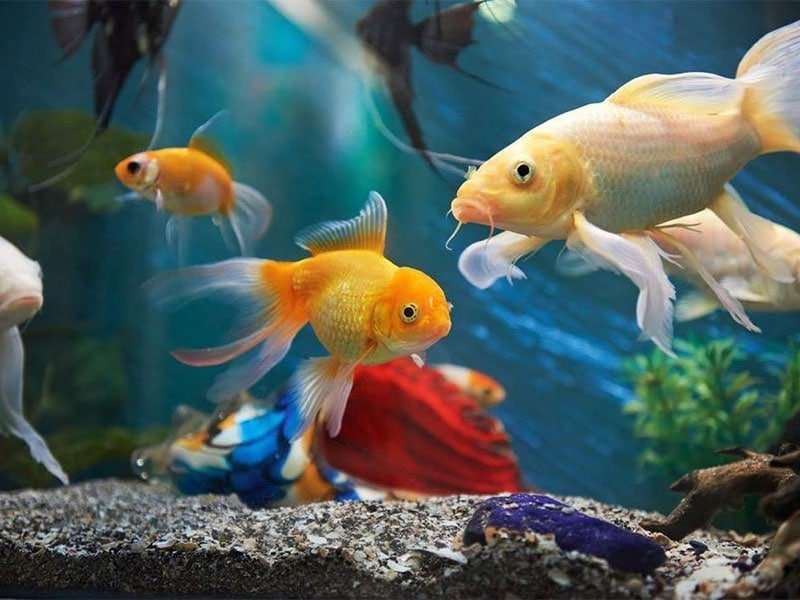

![[Surprising Facts] How long can a fish live out of water? How long can a fish live out of water](https://aquariumhunter.com/wp-content/uploads/2021/11/how-long-can-a-fish-live-out-of-water-1.jpg)
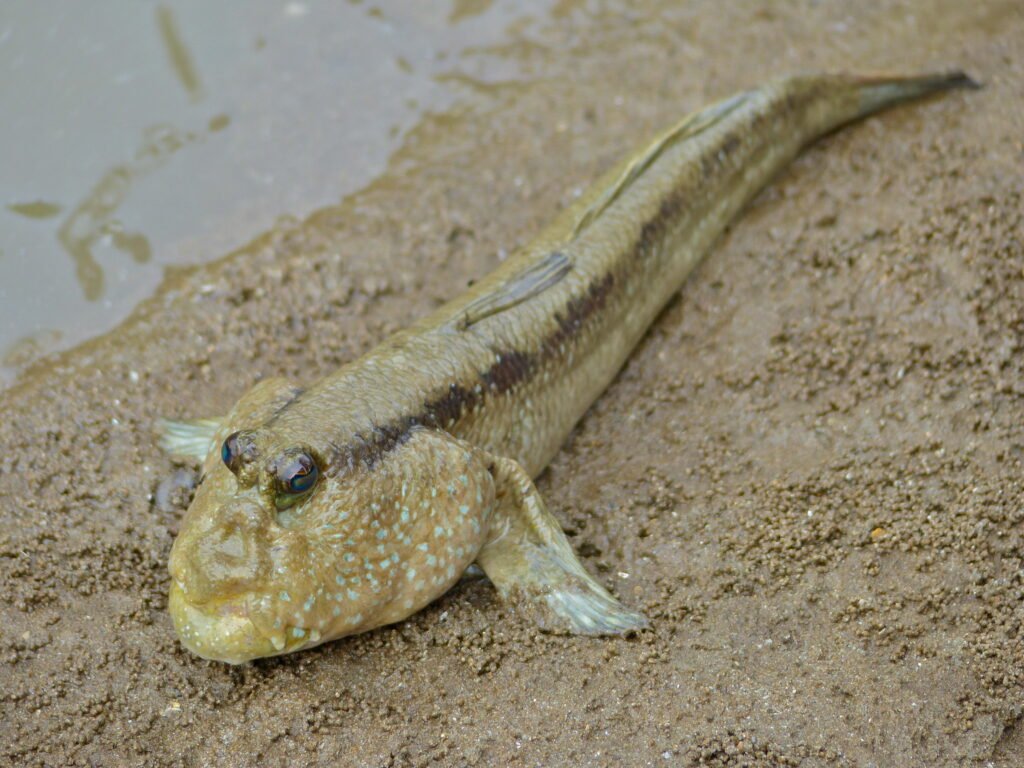
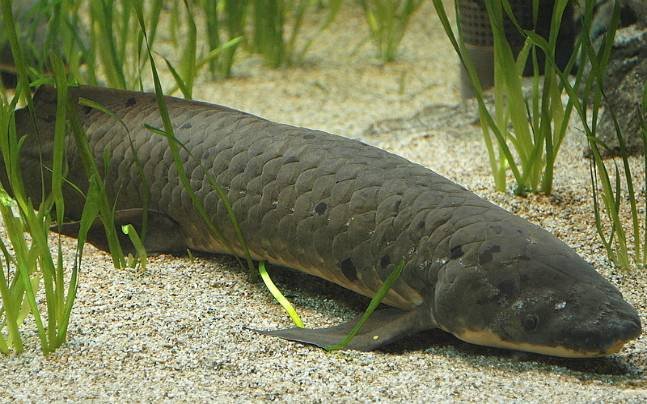
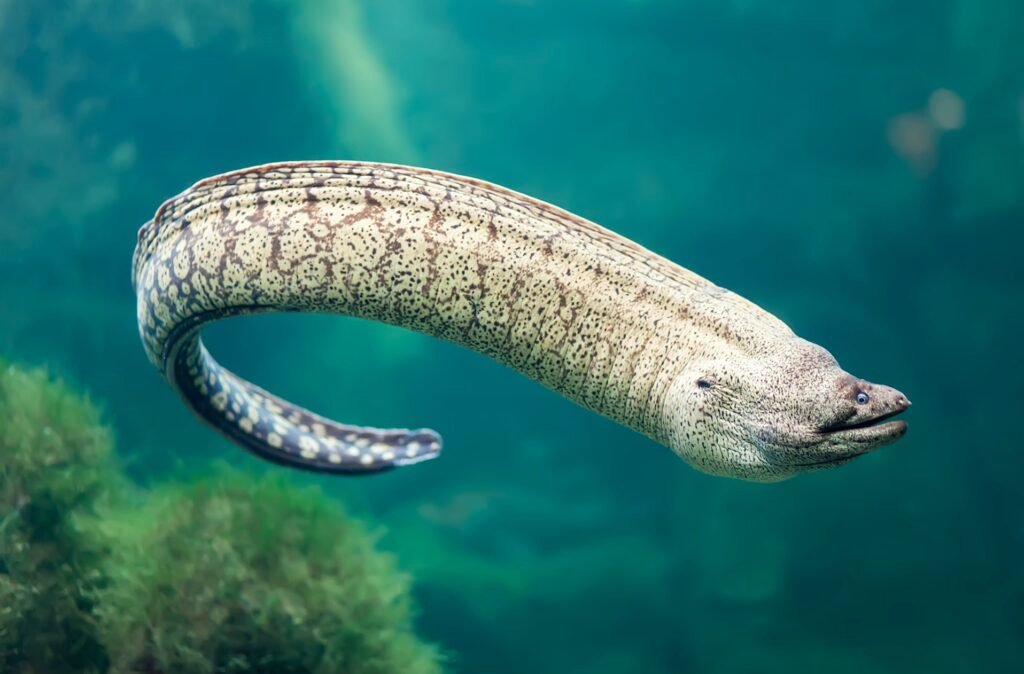


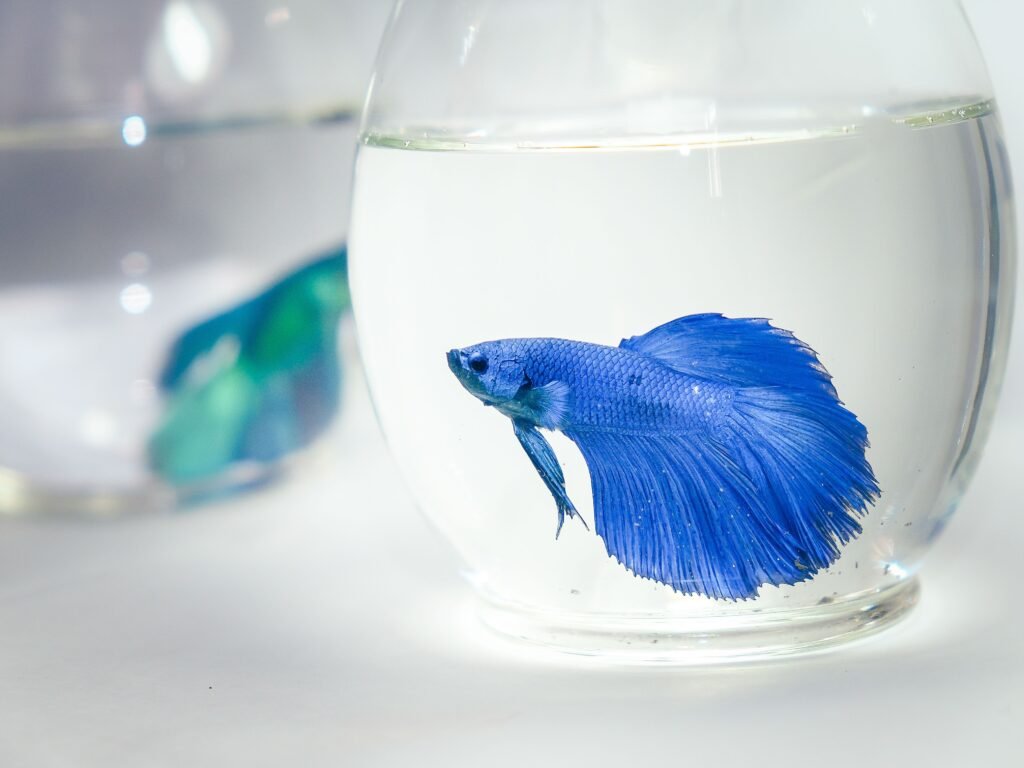
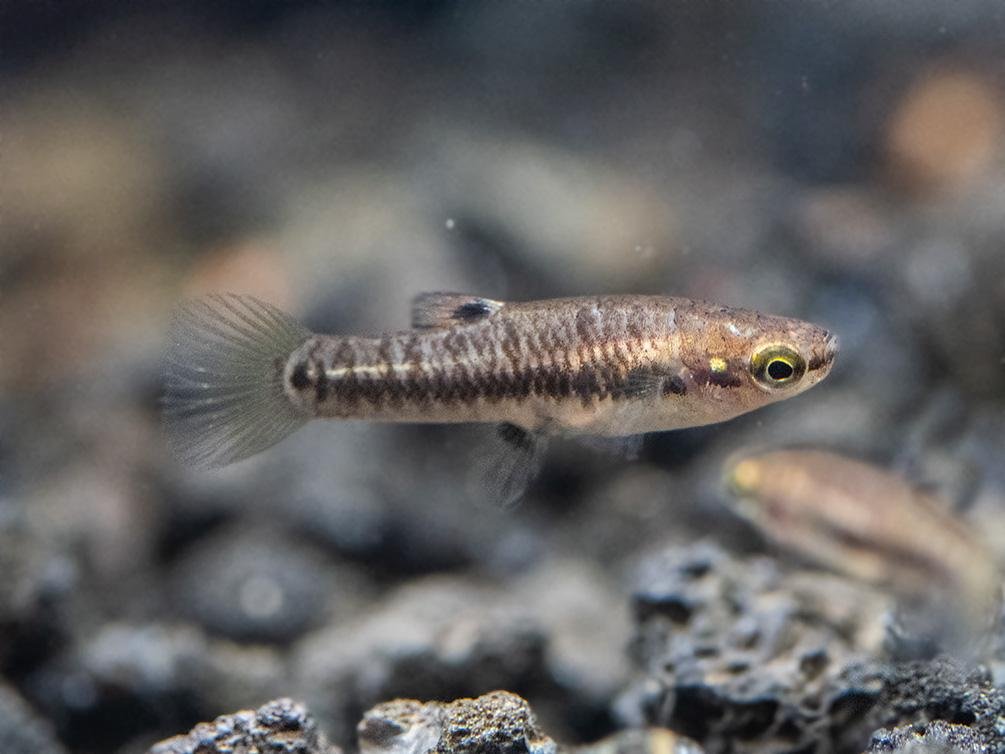

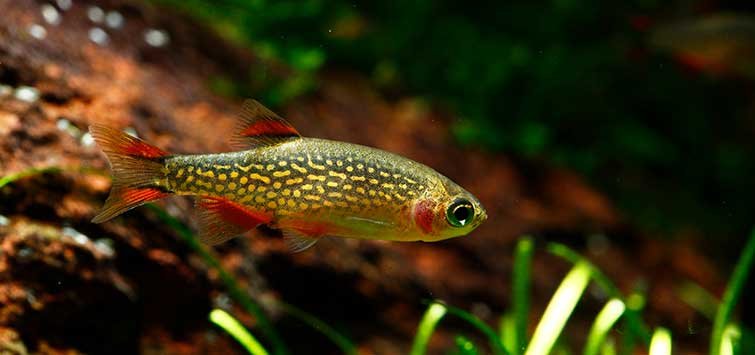
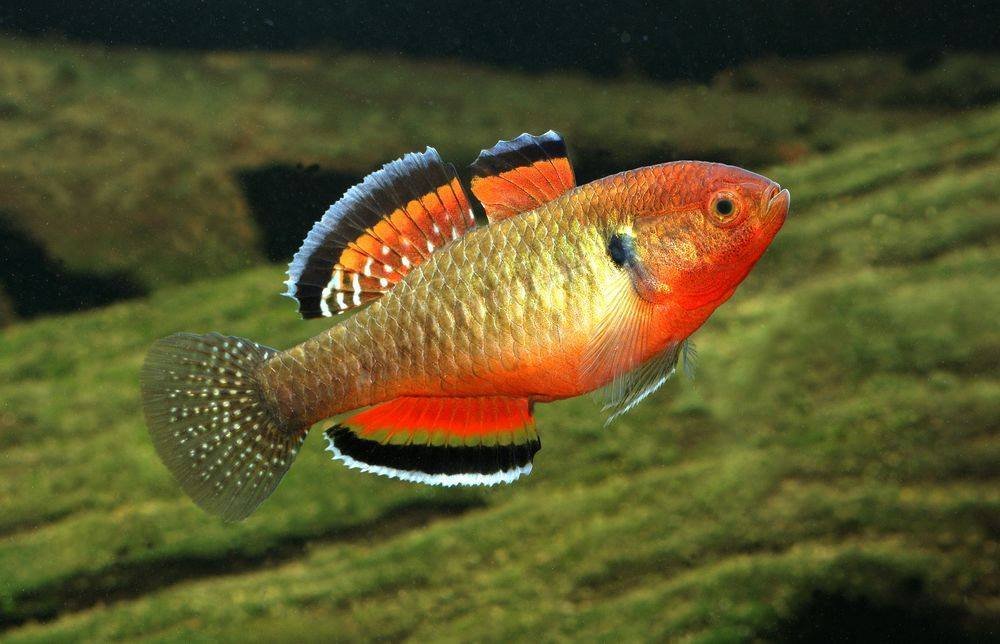
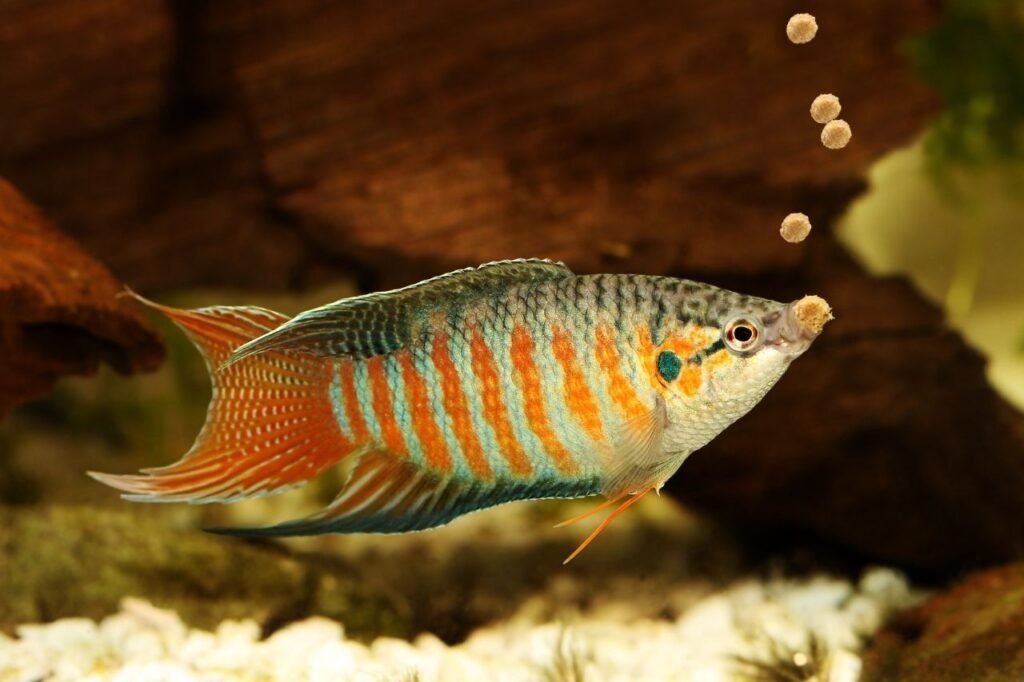

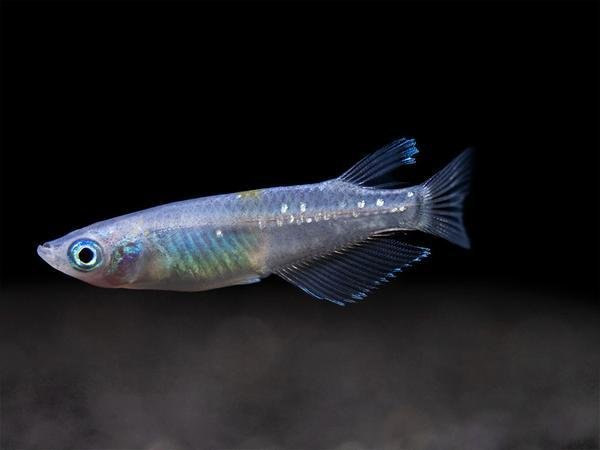
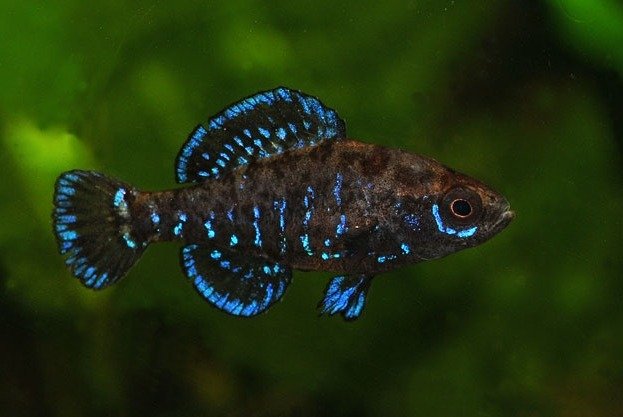
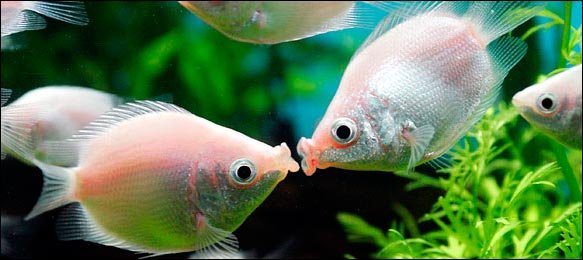
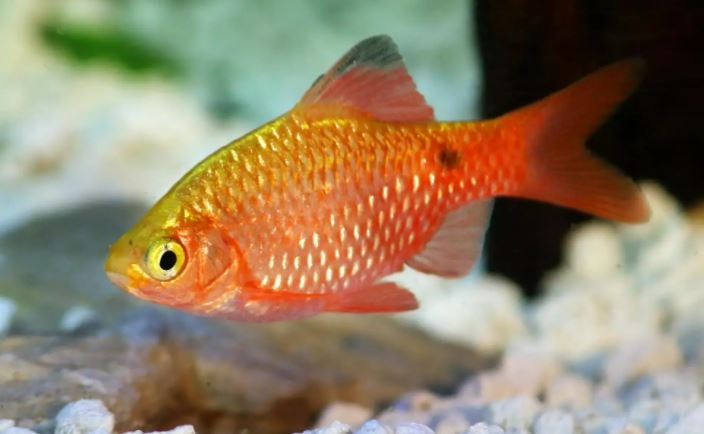
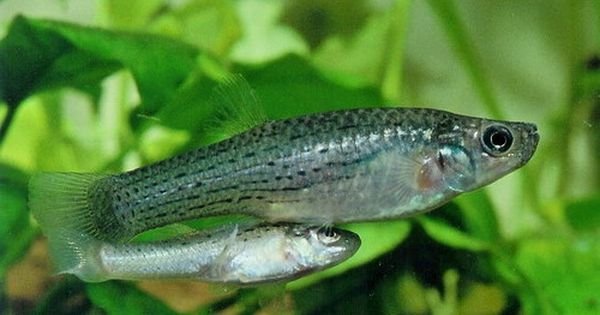


![How To Keep Betta Water Warm Without A Heater [Full Guide] How To Keep Betta Water Warm Without A Heater](https://aquariumhunter.com/wp-content/uploads/2021/11/betta-fish-Mr.Soonthorn-Thonglor-Shutterstock-4-e1626881660879.jpg)






